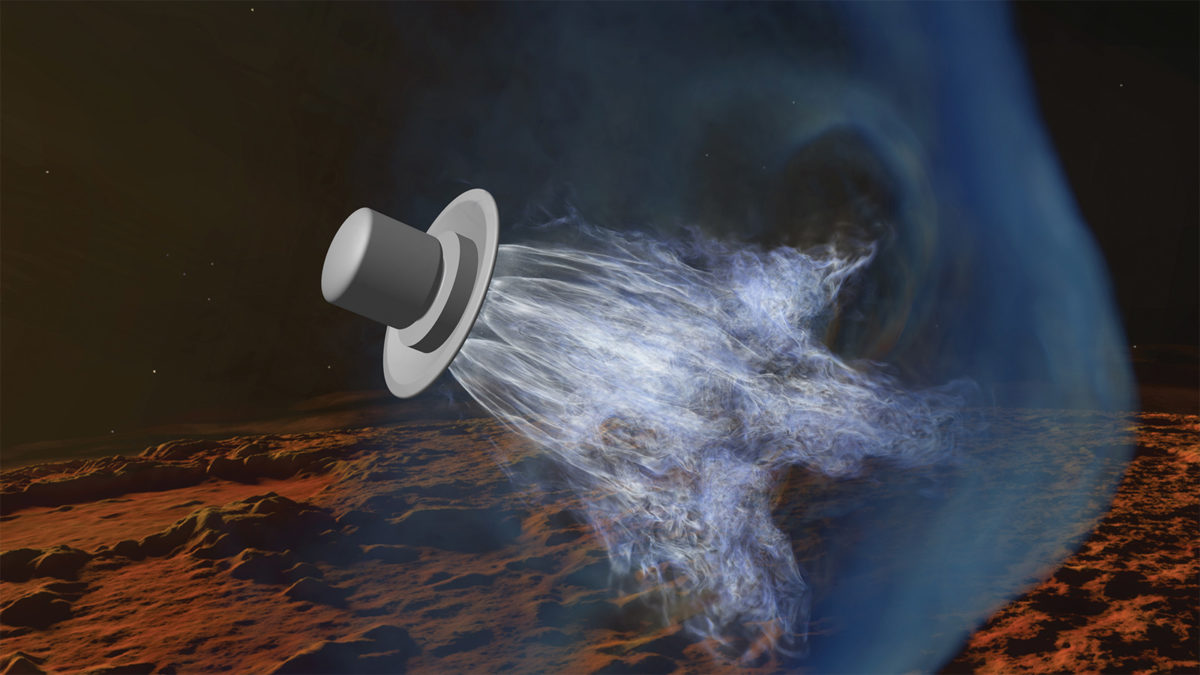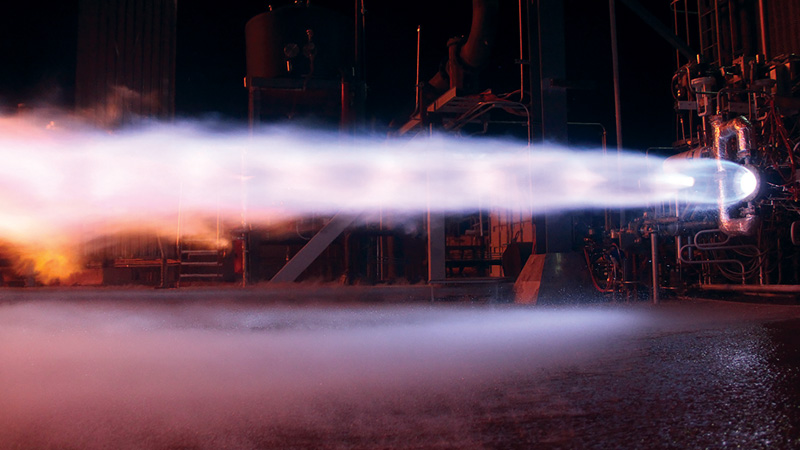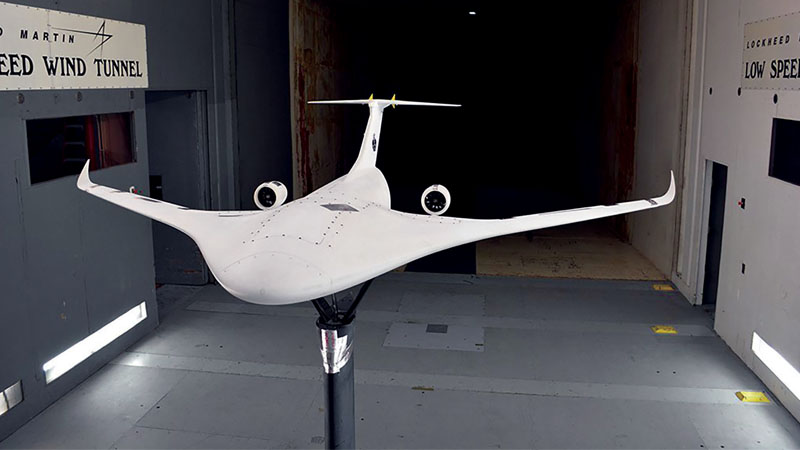Progress toward the 2030 vision of CFD
By REYNALDO J. GOMEZ III AND ANDREW W. CARY|December 2020
The CFD Vision 2030 Integration Committee advocates for, inspires and enables community activities recommended by the vision study for revolutionary advances in the state-of-the-art of computational technologies needed for analysis, design and certification of future aerospace systems.
NASA, industry and academic researchers met three of the four key 2020 goals articulated in NASA’s Vision 2030 computational fluid dynamics technology improvement plan released in 2014, according to the “2020 Review of CFD2030 Roadmap” produced by the Integration Committee.
Over the past year, multiple government, industry and university tools used adaptive meshes to simulate the flow over a commercial transport aircraft in a high-lift takeoff and landing configuration. These results meet a 2020 road map algorithm goal of a technology demonstration of grid convergence for a complete configuration. More research and development are needed to achieve the demonstration of convergence for unsteady flows on complex geometries.
In a related development, researchers at NASA’s Langley Research Center in Virginia used the FUN3D flow solver and an improved grid refinement approach to show mesh adaptation results that reduced human interaction time compared to fixed-mesh approaches. Automated mesh generation and adaptation of viscous problems eliminates one of the most time-consuming manual aspects of the CFD process.
Also at Langley, researchers implemented the Hierarchical Adaptive Nonlinear Iteration Method, or HANIM, in the USM3D flow solver and FUN3D, and demonstrated improved solver time to solution on several NASA projects. Specifically, the Transonic Truss Braced Wing project used USM3D HANIM to reduce the time to produce accurate solutions from seven to eight hours to 15 to 20 minutes on the Pleiades supercomputer at the NASA Advanced Supercomputing Division. The FUN3D HANIM version of the code was also used to support the Global Center for Medical Innovation task force efforts to improve N95 mask design in the global response to the COVID-19 pandemic.
Even with these speed improvements, flow solver run times are too long to conduct multidisciplinary design optimization in a timely manner. Researchers from MIT and the University of Texas at Austin addressed this problem through new methods that leverage Monte Carlo variance reduction techniques and machine learning along with effective reuse of information from past optimization iterations. In September, researchers writing in the journal Reliability Engineering & System Safety documented a method for computationally efficient, reliable design of a single element model rocket combustor by reusing existing information for Monte Carlo variance reduction via IRIS-RBDO (Information Reuse for Importance Sampling in Reliability-Based Design Optimization). These new techniques are enabling computationally efficient implementations of robust optimization to ensure safe, efficient designs.
Also this year, NASA and computing pioneer NVIDIA met a key 2020 technology demonstration goal by performing on-demand visualization and analysis of a multibillion-point unsteady CFD simulation, according to the “2020 Review of CFD2030 Roadmap.” NASA researchers continued to refine their predictions of Mars Crew Lander entry flowfields using the massively parallel GPU accelerated version of FUN3D. This effort builds on the 2019 technical achievements in HPC and visualization that were shown at the November 2019 Supercomputing Conference. The researchers used the Summit GPU-accelerated supercomputer at Oak Ridge National Lab in Tennessee to perform these large unsteady simulations, meeting another key CFD 2030 high-performance computing goal. The NVIDIA real-time visualization of 150 terabytes of unsteady simulation data used four dedicated NVIDIA DGX-2 systems with 16 NVIDIA Tesla V100 GPUs and 16 Solid State Drives on each DGX system, while using NVIDIA’s GPUDirect to move the data directly to GPU memory.


































